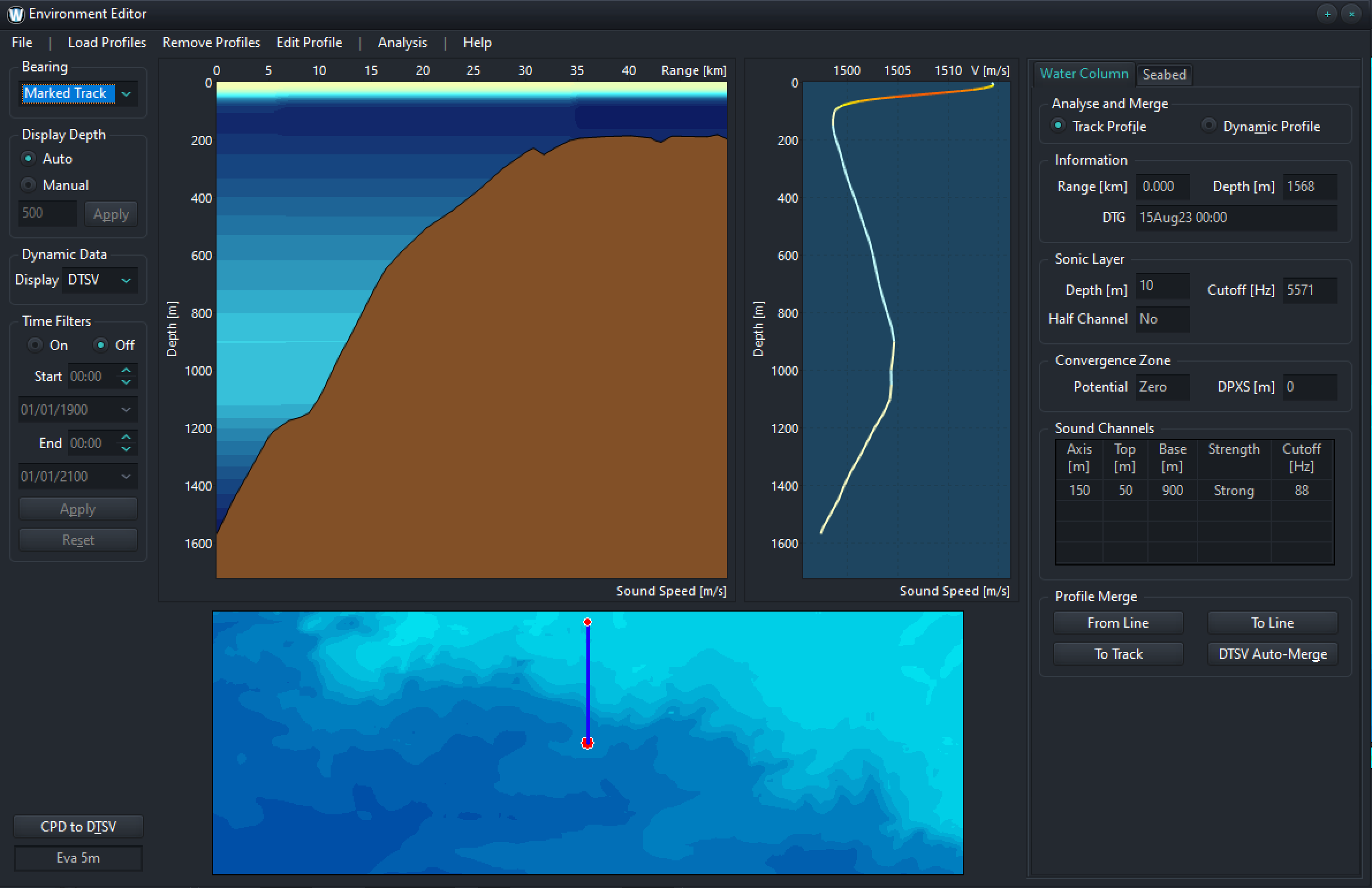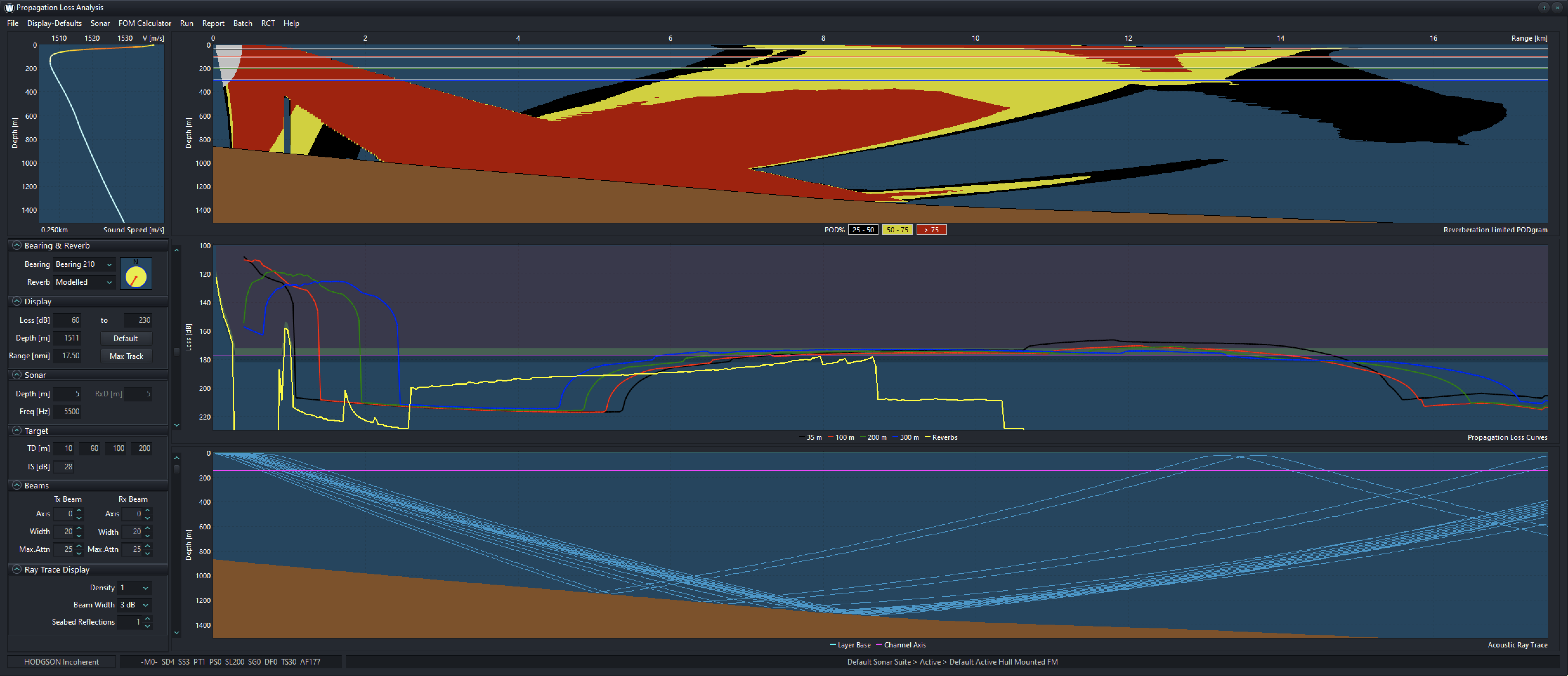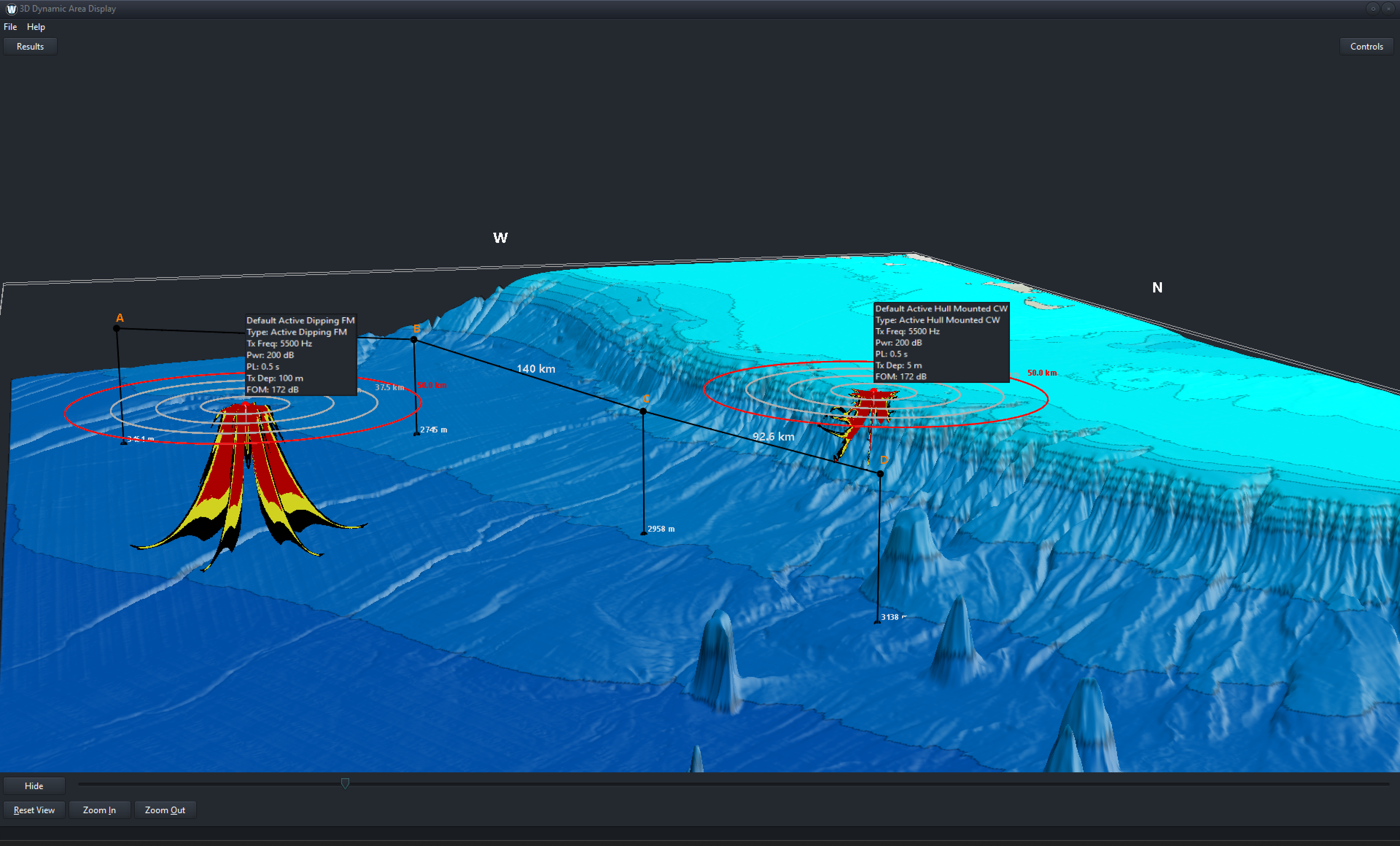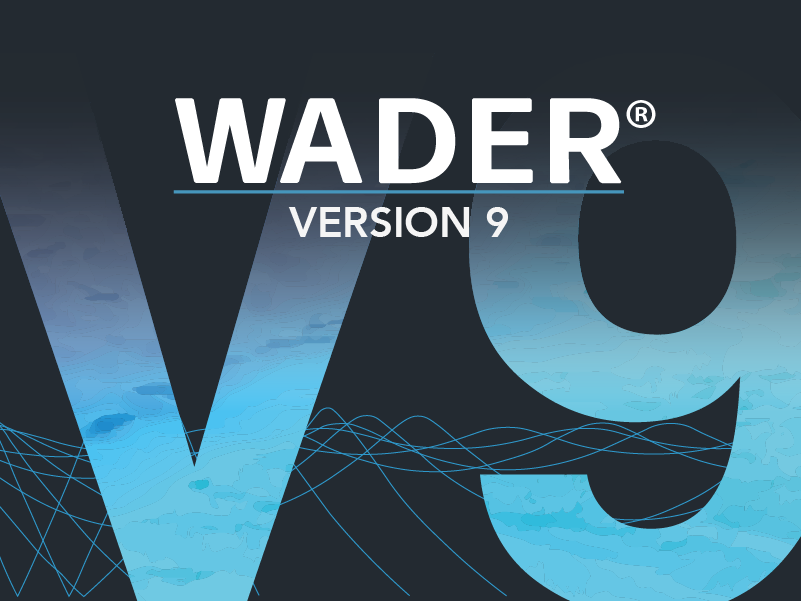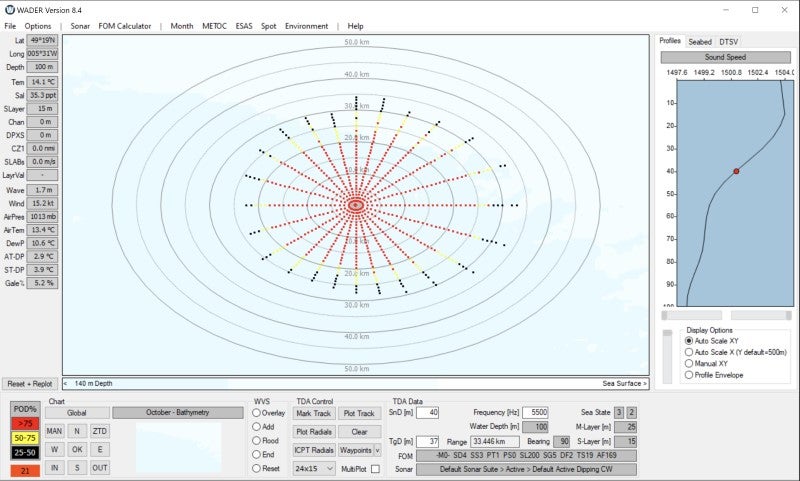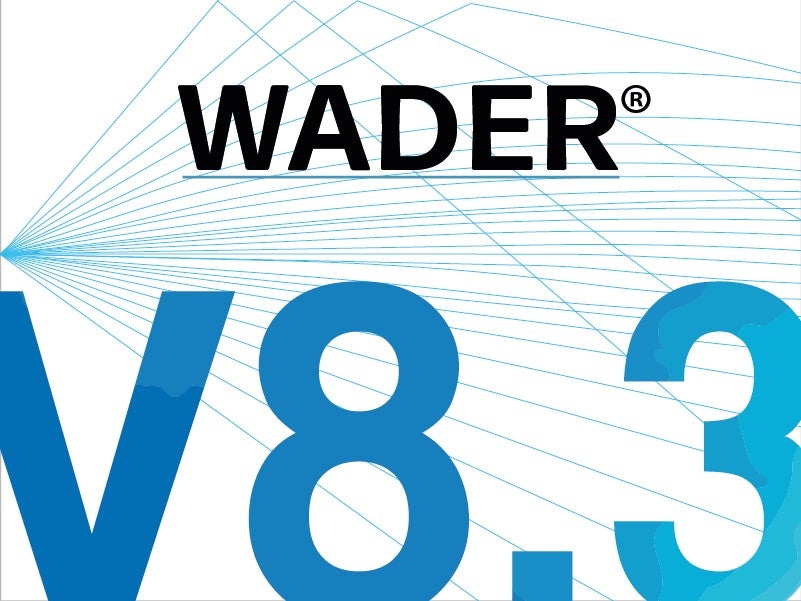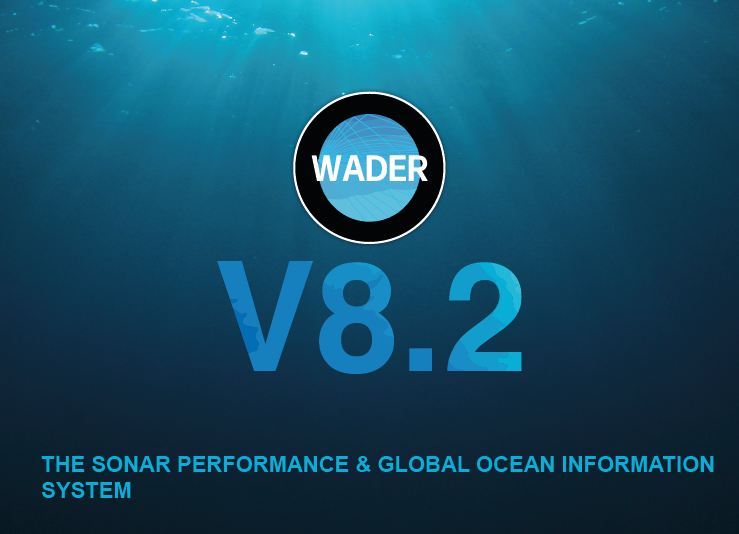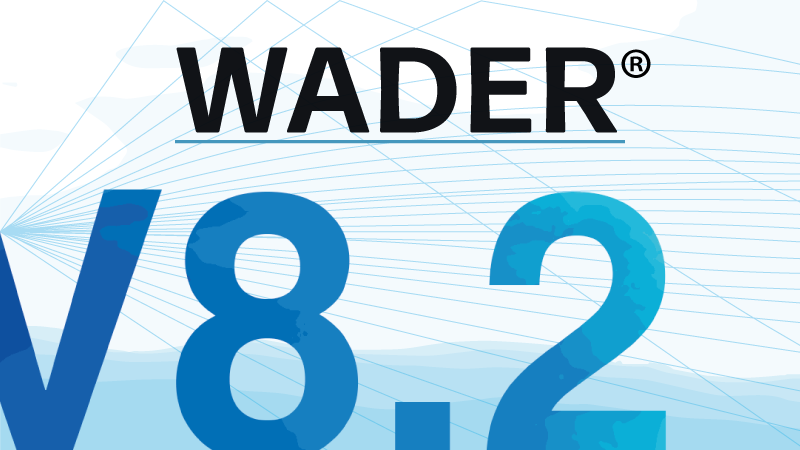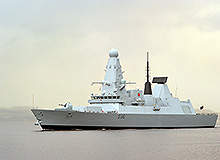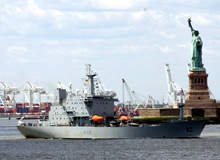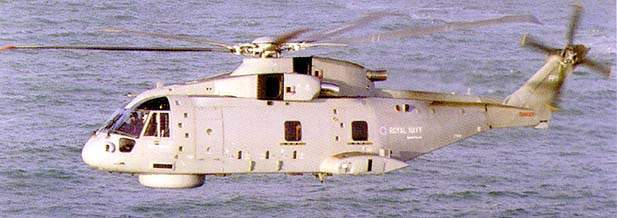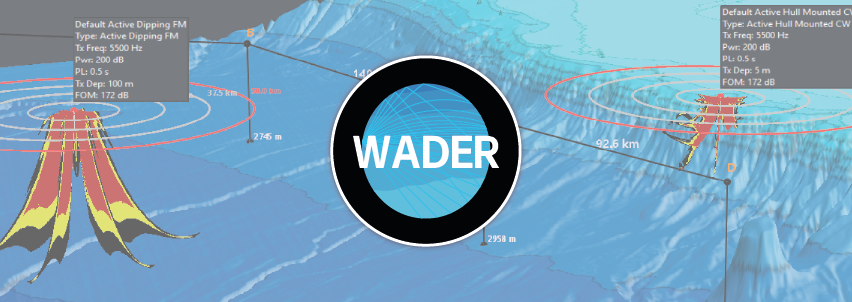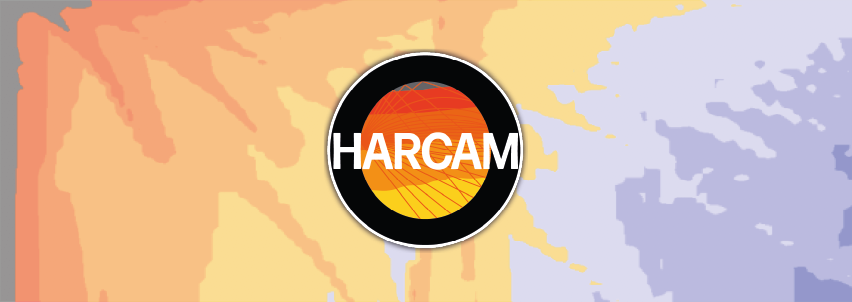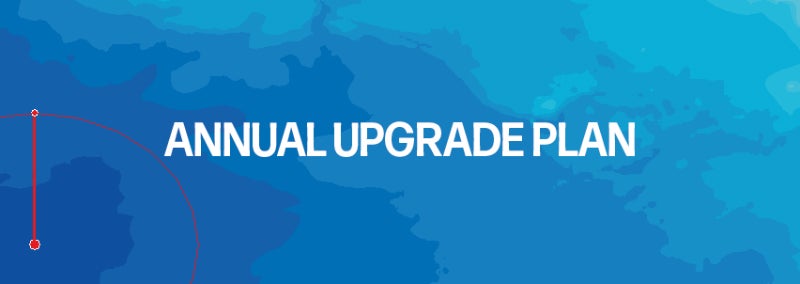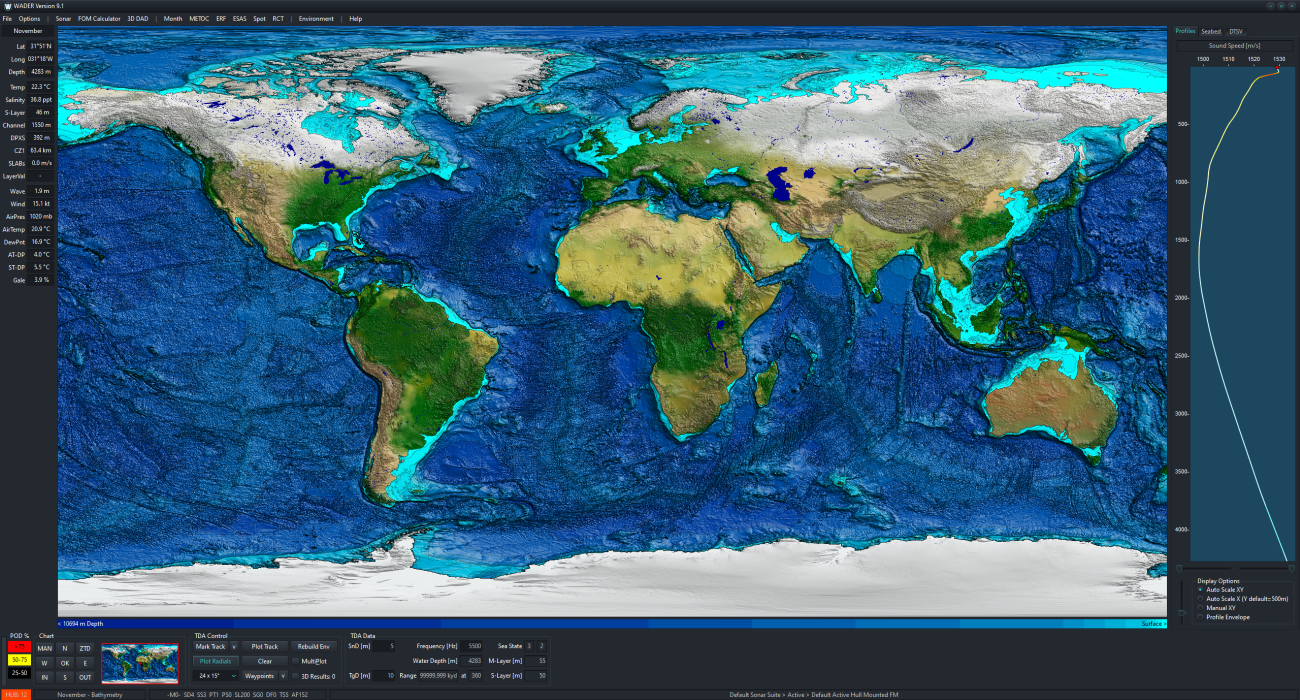
Ocean Acoustic Developments (OAD) develops specialist sonar performance prediction software tools for tactical acoustic exploitation of the underwater environment.
Our key products, WADER and HARCAM, offer solutions for both operational users and shore-side research staff for training, planning, live implementation and post-mission analysis of anti-submarine warfare (ASW) operations.
Tactical decision support for sonar operators and command
The ocean is a complex and dynamic environment, which directly affects sonar performance. Our software merges user-supplied parameters with embedded technical, meteorological and oceanographic information to provide a comprehensive tactical decision aid for naval operations.
Our products simplify complex propagation loss calculations with a goal of obtaining a tactical advantage at sea through reliable underwater probability of detection calculations. Users can rapidly establish optimum sensor placement for both detection and counter-detection scenarios.
All of OAD’s software products offer highly flexible, independently verified modelling capabilities with dedicated high and low-frequency propagation loss models used in conjunction with both real-time and climatology data. Depending on the product chosen, data output can include the Probability of Detection diagrams (PODgrams) in 2D and 3D, ray tracing, propagation loss curves and text-format data for later quantitative analysis.
Fast sonar range predictions
Using the latest public domain global datasets as a starting point, WADER enables users to quickly build scenarios, incorporating both the specifications of acoustic sensors and real-time measured (or modelled) data where available.
Using a chart-based system, operators can increase their underwater environment and carry out full range-dependent predictions in seconds. Such rapid calculation times enable optimal operator flexibility and offer the opportunity to evaluate different scenarios in theatre as the situation evolves and / or new information becomes available.
The system provides options for single and multiple sets of calculations, including different asset and sensor types, and a multi-static sonar performance prediction module, generating the underwater probability of detection coverage maps for up to 81 active and / or passive sensors. Additional customisation options enable changing the chart type, adding overlays, accessing meteorological forecast data and oceanographic information such as frontal positions and ambient noise.
For more in-depth analysis, operators are guided through an environmental analysis screen where they can create, upload, review and edit sound-speed profiles, bathymetry data and sediment types. The water-column cross-section enables users to visualise the underwater environment and provides quantitative analysis on sound channels, frequency and Convergence Zone (CZ) probability.
In the analysis screen, operators can upload custom reverberation loss data and review model results. This includes ray-trace diagrams, multiple propagation loss curves and PODgrams. The operator can instantly re-run the model using different parameters. A simple environmental impact assessment is included, which enables a direct comparison of Temporary Threshold Shift / Permanent Threshold Shift (TTS / PTS) ranges against active sonar ranges.
Sonar range prediction process for the naval industry
The flexibility of WADER’s design means that it is not limited to in-theatre use. With the software, users can upload modelled data to prepare for future missions and load saved environments post-mission analysis.
The system will function both on a mobile workstation and as part of an embedded command management system on land, at sea or in the air. Many of WADER’s features make it an optimal training tool, providing continuity for operators as they move from the classroom to the open ocean and beyond.
Flexible underwater acoustic modelling for naval research
The HODGSON and RAM Composite Acoustic Model (HARCAM) is a dedicated propagation loss system designed to produce accurate propagation loss data from 10Hz to over 500kHz. Unlike WADER, which aims to shield users from the complexity of underwater acoustics, HARCAM was designed for scientists and engineers who require flexibility and processing capacity.
The software is primarily controlled by batch files and is capable of producing thousands of calculations to generate PODgrams, ray-traces and propagation loss curves. HARCAM is used in underwater acoustics, sonar development and Environmental Impact Assessment (EIA) research communities in both government and industry.
Global ocean information systems for the naval sector
WADER and HARCAM are equipped with all essential global datasets, which may be required for conducting reliable underwater sonar range predictions anywhere in the world. This includes datasets for bathymetry, water column, surficial sediment and weather data.
A comprehensive set of sonar training and associated documentation is also included for unclassified training use. While it is possible to augment the embedded datasets with your own sources if available, it will be in addition to data provided.
About OAD
OAD strives to push the boundaries of underwater acoustics modelling in the UK and overseas with an aim of bringing essential ASW and sonar operation tools to an ever-increasing customer base.
WADER was initially introduced fleet wide to the Royal Navy in the mid-1990s and has since been exported to over 22 countries. It is recognised by customers around the world for its comprehensive datasets and rapid, reliable range prediction capability. HARCAM has developed its own reputation as a benchmarking tool for acoustical scientific analysis.


